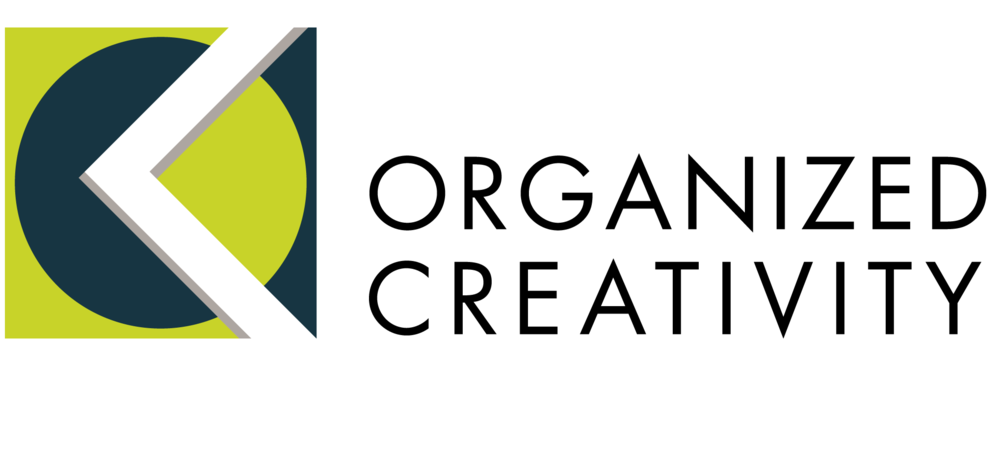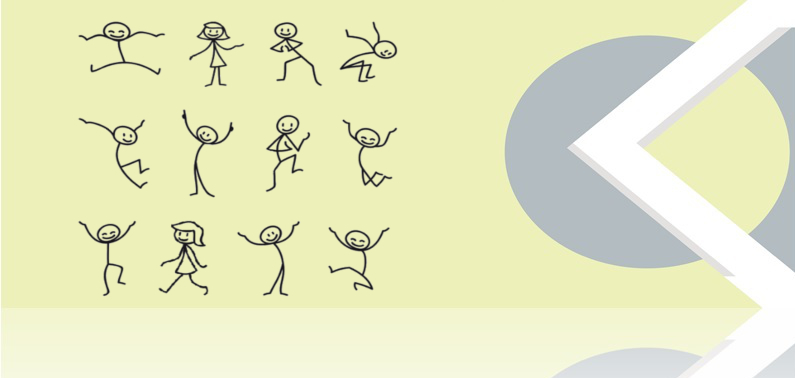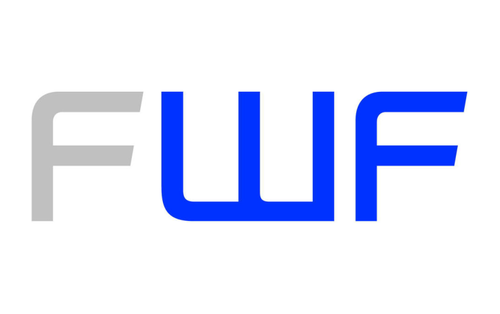Organized Creativity
Organized Creativity
Practices for Inducing and Coping with Uncertainty
How Can Creativity Be Organized?
Creativity is widely understood as the generation of novel and valuable ideas. Drawing on empirical comparisons of an arts-based and a science-based field, both of which are in turmoil because of disruptive economic, technological and regulatory changes, this research group seeks to contribute to the development of a multi-disciplinary theory of organized creativity. The aim is to go beyond the individual- and group-centered theories that presently dominate creativity research, education, and training, by providing a better understanding of the conditions under which creativity can be socially organized. The very notion of organized creativity evokes immediate tension: creative processes are inherently uncertain and elude intentional organization, but nonetheless unfold typically among networks of actors embedded in different temporal-spatial contexts which necessitate at least some degree of organization. The basic premise of the proposed research group is that creative processes involve social structures and practices for shaping degrees of uncertainty as a central “ingredient” of creativity. More specifically, we submit that certain practices of organizing creativity involve attempts to foster, channel, and control creative endeavors by inducing, reducing, tolerating, amplifying, or coping with uncertainty.
The projects within this research group examine different dimensions of uncertainty in several practice areas and investigate what role they play in creative processes in different contexts and over time. Empirically, this group will apply a longitudinal mixed-method approach combining structural analyses of organizations, interorganizational networks, professional communities, and organizational fields with a perspective that highlights the processes through which creativity is organized. Each project will compare these dynamics in both the music and pharma industries. The findings gained from this comparative, multilevel research design will have strong implications for organization and network theories of innovation and will develop a broader and a deeper understanding of the temporal-spatial, relational, and institutional conditions which are conducive to creativity.
Commissioned by: Deutsche Forschungsgemeinschaft (DFG), Bonn
Since 06/2016






